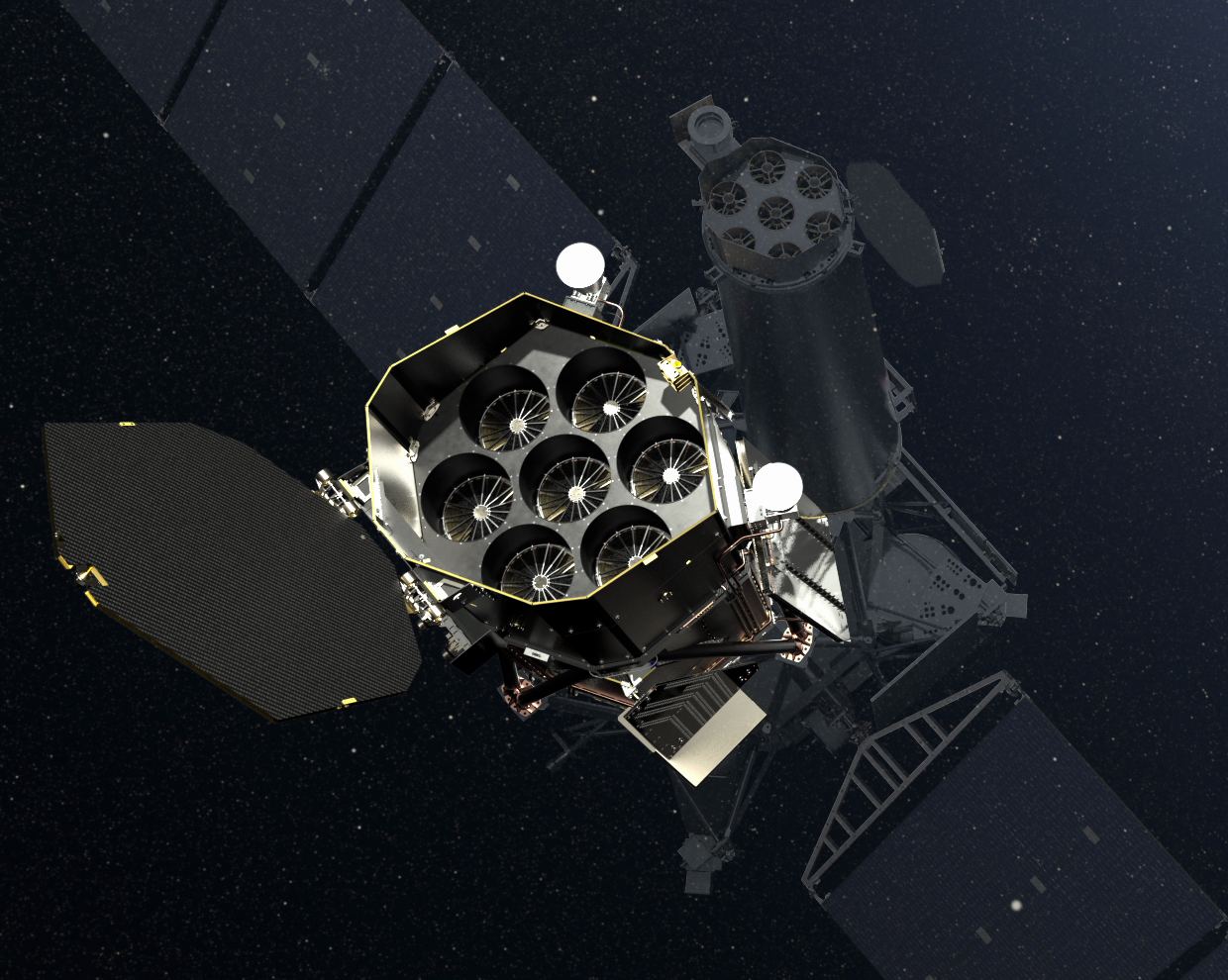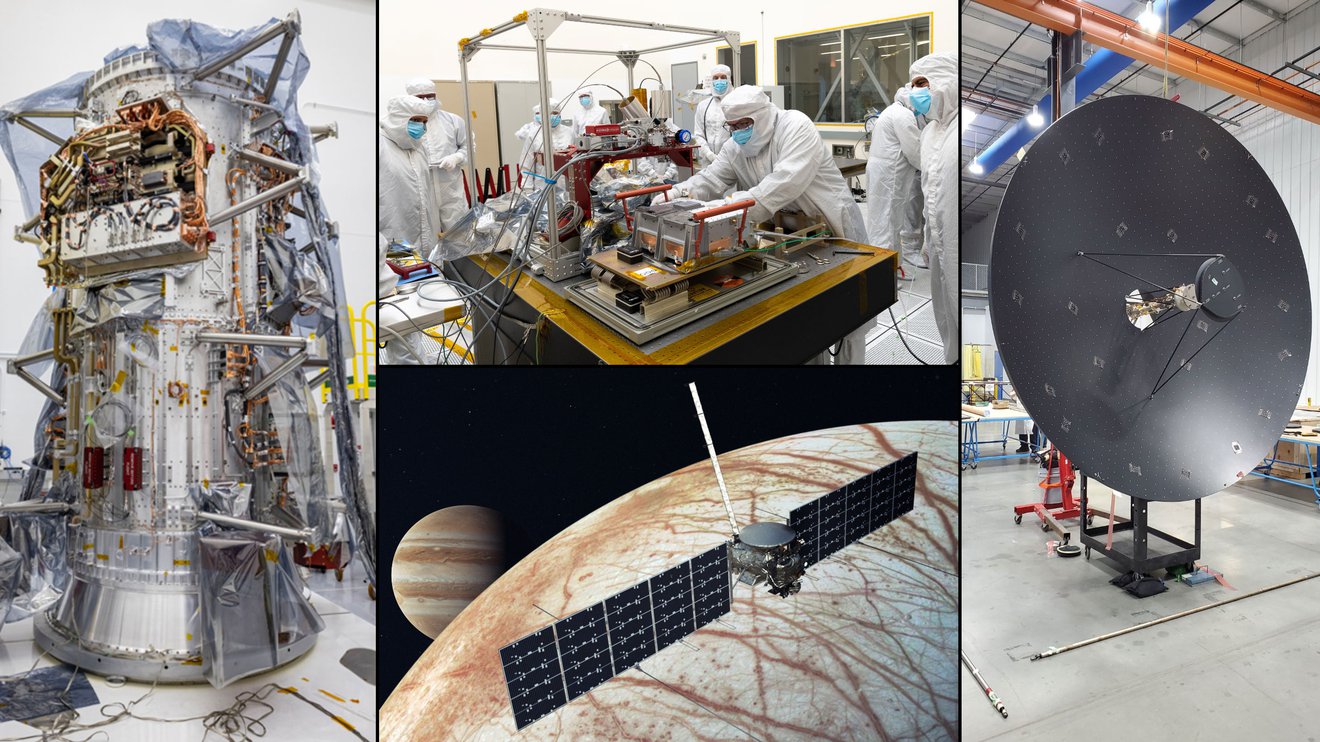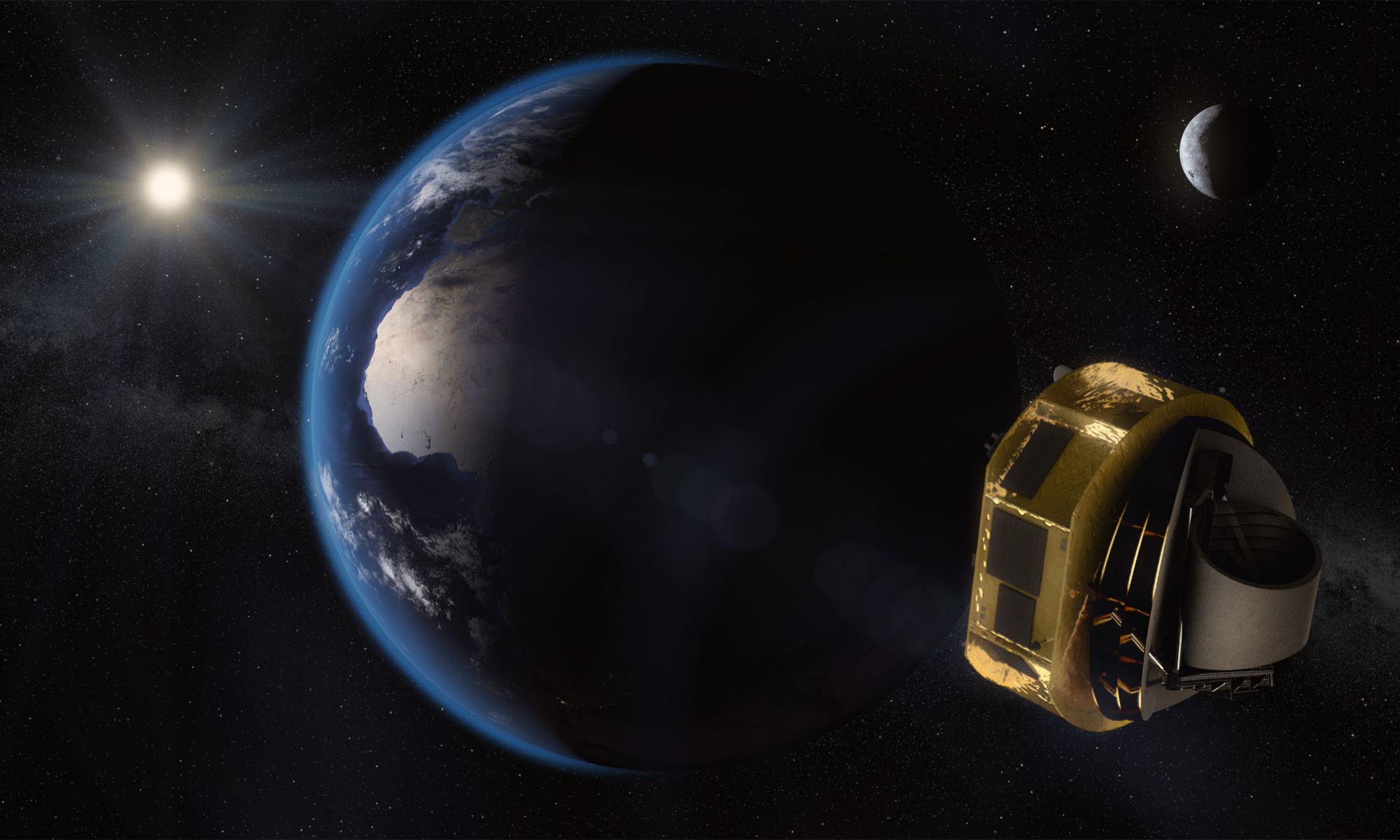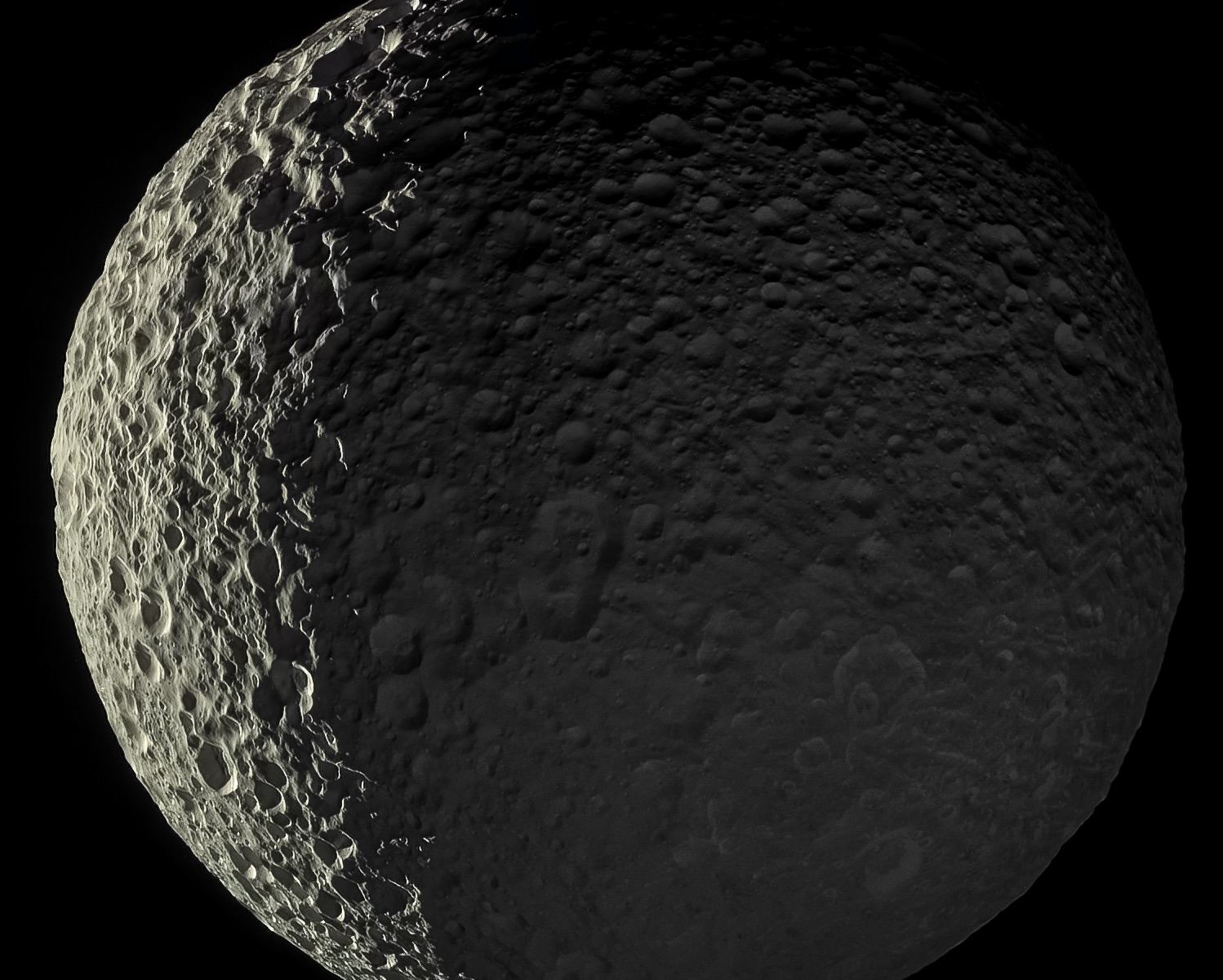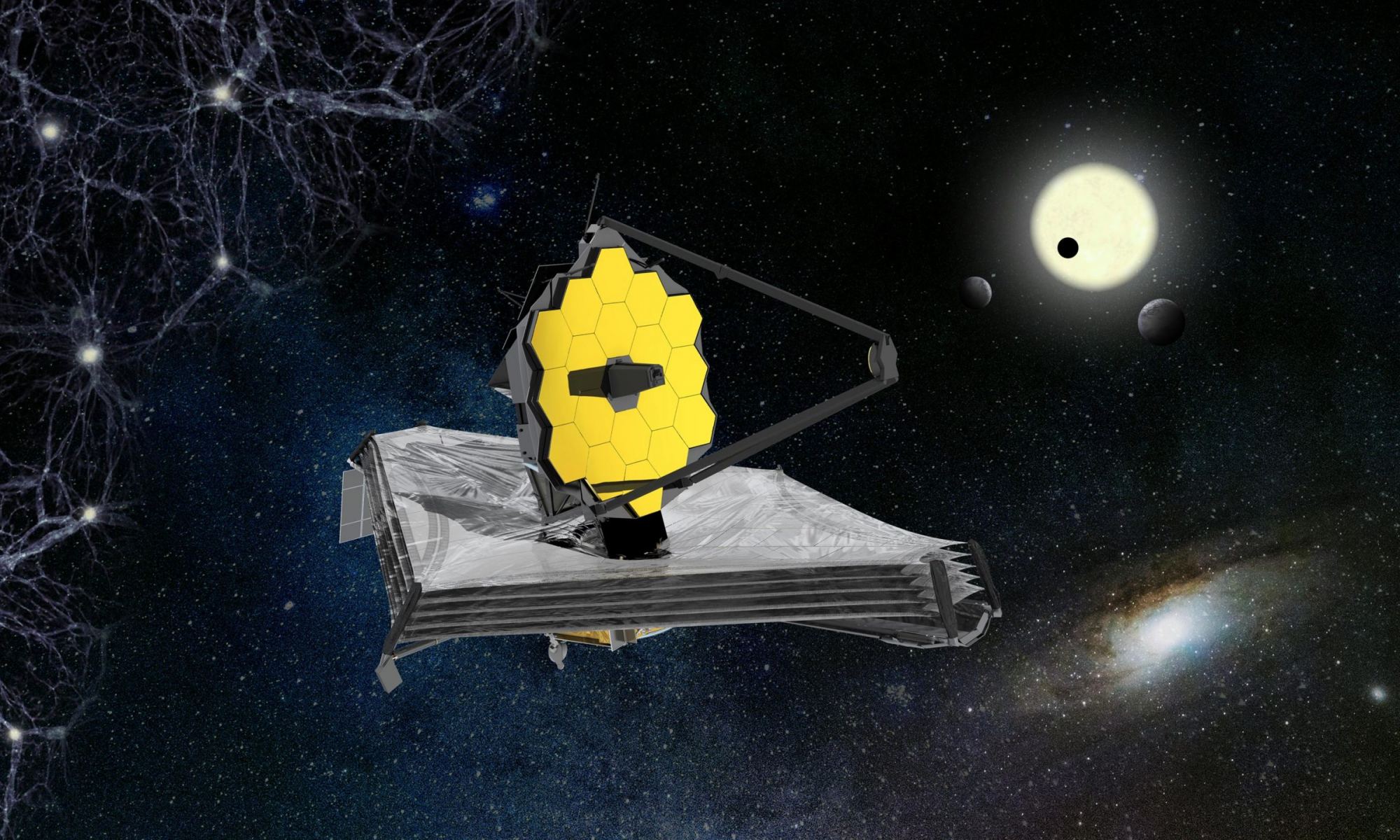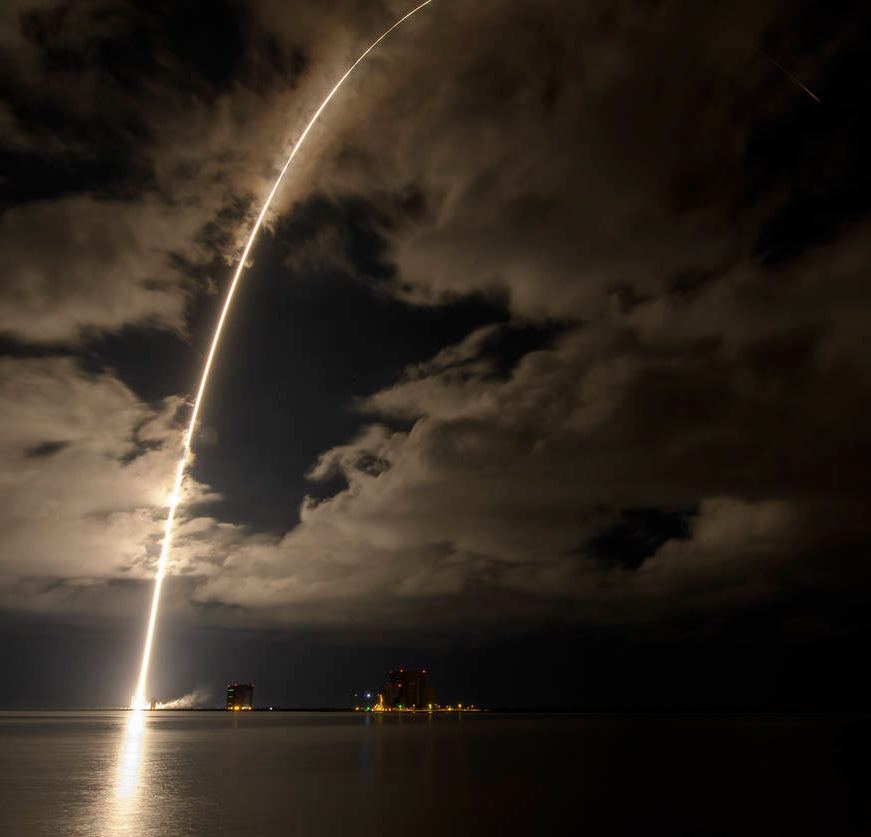If we’ve learned anything about Mars the past 2-3 decades from the various rovers, landers and orbiters we’ve sent to the Red Planet, it’s that the planet’s geologic history is much more complicated and diverse than what we thought.
This picture from the HiRISE (High Resolution Imaging Science Experiment) camera on the Mars Reconnaissance Orbiter shows fractured sedimentary rock inside a crater called Danielson. Sedimentary rock is a sure sign that this planet was active in the past. The fracturing, layering and terrace-like structures suggests a long-term watery history in this region.
Continue reading “Strange Terraces on Mars are a Clear Signal of Sedimentary Rock”


